Historical Aerial Photography of Las Vegas
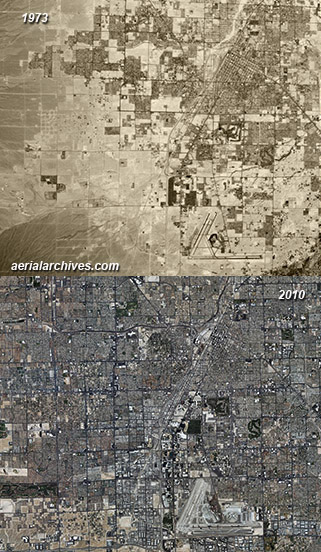
Las Vegas, Clark County, Nevada
1973-2010
Image ID: AHLV3391

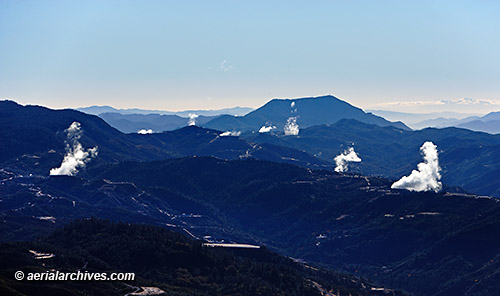
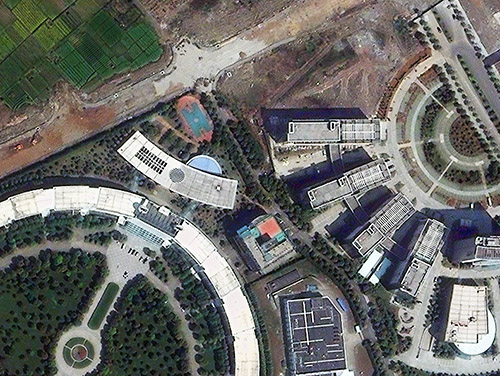
Ningbo, Zhejiang, China
Image ID: AHLS2010
More about high resolution satellite imagery of China
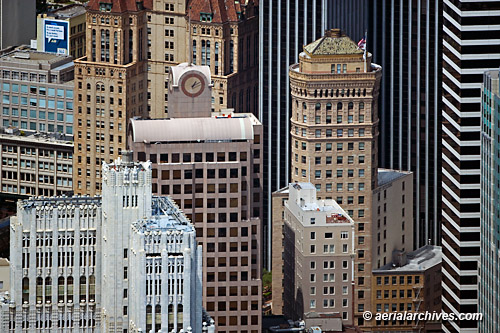
More aerial photography of San Francisco architecture
More aerial photography of San Francisco’s financial district
Search aerial photography of San Francisco architecture
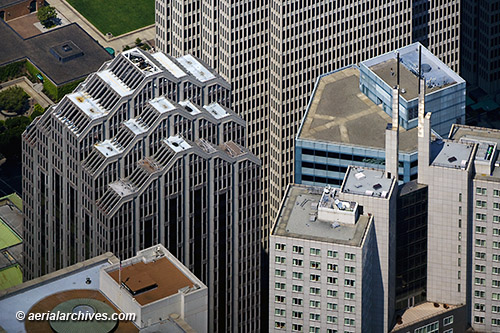
More aerial photography of skyscrapers
More aerial photography of San Francisco skyscrapers
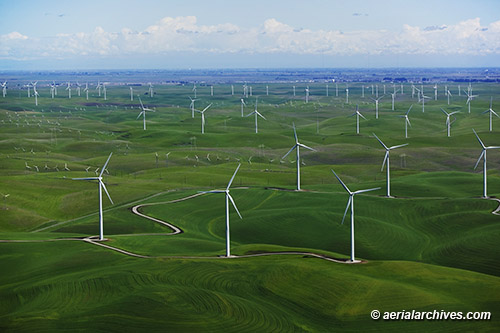
More aerial photography of wind power, wind turbines and wind farms.
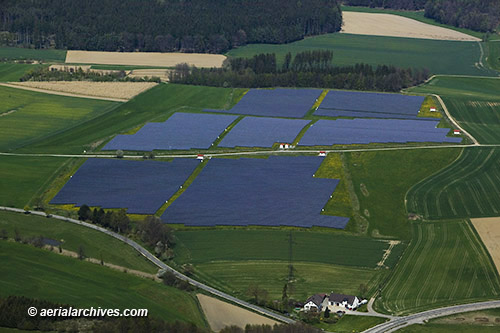
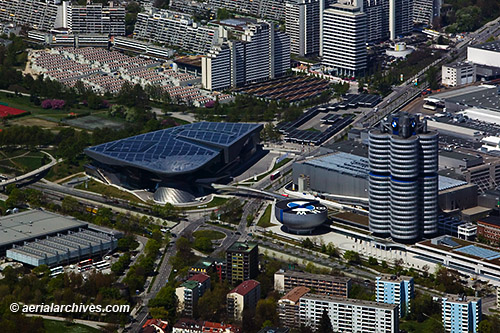
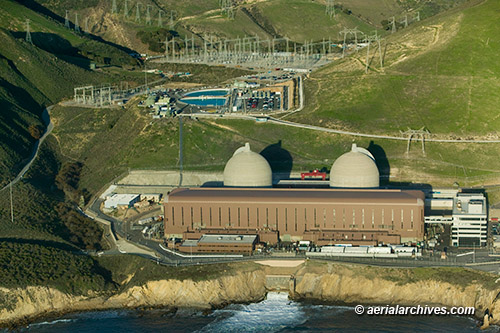
Image ID: AHLB4674